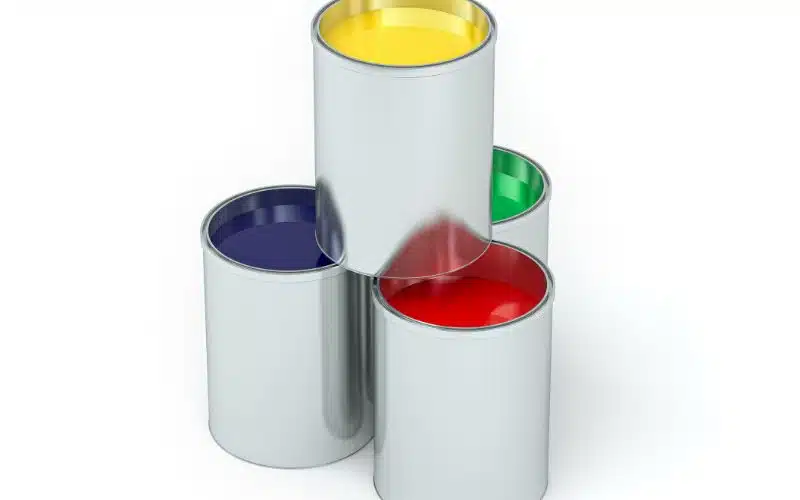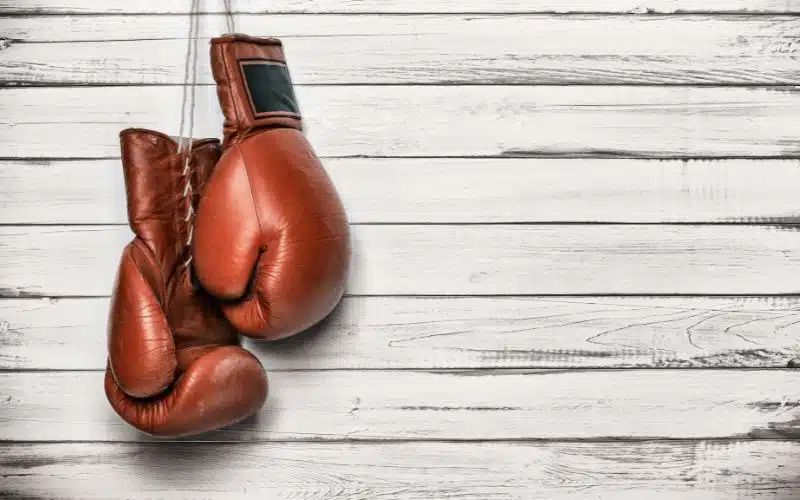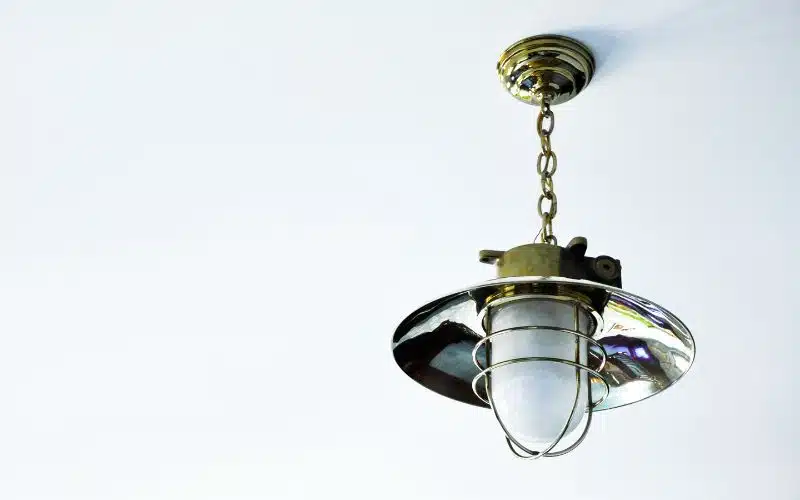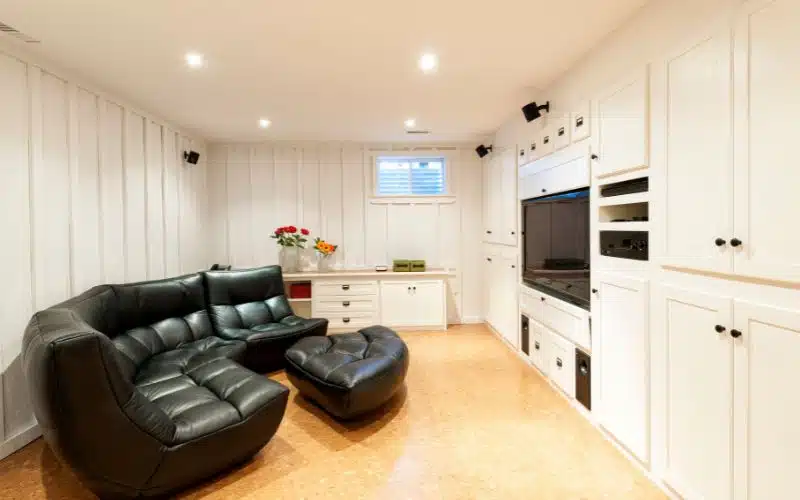It does not matter if you are thinking of replacing your old siding or if you are siding your new house.
James Hardie siding has built a trustworthy reputation as one of the best fiber cement sidings in the market.
However, it is not enough to have good products. Knowing the proper installation process goes a long way in delivering desirable results.
James Hardie does not recommend using staples to ensure you get your desired results with your siding. The approved fasteners which guarantee siding quality and longevity are nails and screws. However, you should also know that not just any nails or screws will do the job. The company is specific on the appropriate types of fasteners.
What Do You Use to Fasten Hardie Siding?
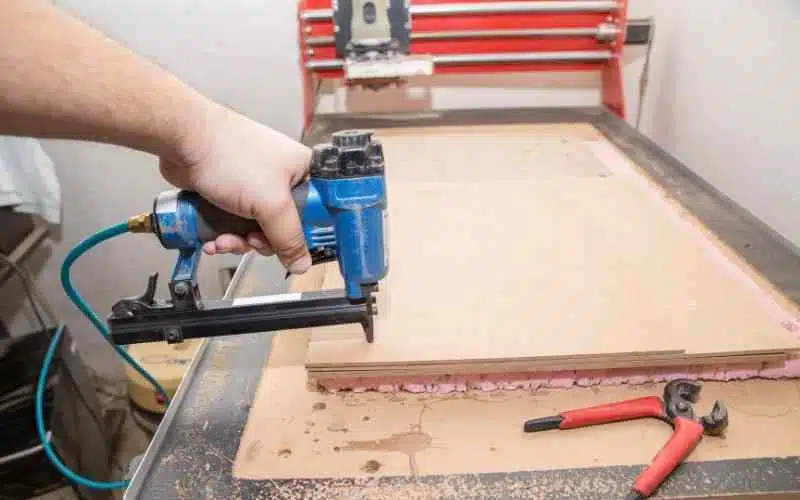
Some characteristics of fiber cement siding are that they are weather-resistant and not prone to insect attacks or rot. However, they are prone to corrosion.
To this end, James Hardie recommends that all their sidings be installed with galvanized or stainless steel fasteners.
The fasteners must be not only galvanized but also hot dipped and corrosion-resistant. There are different fastener requirements for each type of Hardie siding.
James Hardie is specific about the materials and tools that work best with their products. To this end, they provide instruction manuals to follow for proper siding installation.
They advise that it is acceptable to use electro-galvanized fasteners. Although, these fasteners are quick to corrode compared to their superior alternatives.
One factor that determines the choice of siding fasteners is the regional climate. While the fiber cement siding board is weather resistant when installed, this is not the case for fasteners.
For this reason, the best fasteners to use are those that have a slowed reaction to the elements.
This action makes stainless steel the best option in places with highly humid conditions.
Hardie siding can be fastened by hand nailing, but the company highly advocates for pneumatic tools. When hand nailing, ensure to use a smooth-faced hammer.
Pneumatic fasteners are preferred because of the air pressure that creates a perfect finish.
This finish is executed by exerting the right pressure on the nail or screw. In this way, the nails sit at the right depth, not over-driven or under-driven.
Under-driving or over-driving a nail has varying consequences. Overdriving a nail can make the nail sink into the board that mars the board.
Under driving a nail ensures that the siding board is not held down properly. It makes it easy for the fragile board to become loose and even rattle.
The best way to control under or overdriving is to use suitable nailers. These nailers should satisfy a couple of requirements.
First, they should be able to shoot the nails with an efficient driving force.
They should also have a no-mar tip feature. This feature helps to ensure the siding board remains smooth without any damage.
One more crucial requirement is that they should be able to accommodate the right length and size of siding nails.
What Are the Best Fasteners to Use on Hardie Sidings?
The best fasteners to use on Hardie sidings are nails or screws. Choosing between these two options depends on two things. The first is the nailing method used.
The second is the frame on which the siding would stand. The frame could be either wooden or metal.
Screws are best suited with metal frames, while nails are best used on wooden frames.
When using screws, it is better to use the ones with wingtips. Examples of such screws are no.8 and 10, with a minimum head diameter of 0.323 inches.
Different types of siding nails can be used for the different types of James Hardie sidings. In the installation manual, there is a fasteners requirement section.
This section clearly states all the acceptable fasteners and their dimensions.
There are three types of nailing methods, blind nailing, face nailing, and double nailing. In blind nailing, the fasteners on the board are driven at the top of the first board.
The bottom of the next siding board hides the nails or screws from plain sight. With face nailing, the fastener is clear to see.
It goes through both boards at the point where they overlap, holding them to the frame. Double nailing involves both blind and dace nailing.
It is used during maintenance and repairs. The nailing method to be used depends on the wind load value in your area.
Face nailing and double nailing are employed in areas with high wind load values.
The nailers that best fit this description are the coil siding nailers and pneumatic coil siding nail guns. One of the most effective coil siding nailers is the Bostitch N66C.
This nail gun works for all kinds of siding operations, including fiber cement siding. In addition, it has a soft rubber tip that prevents the siding board from marring.
It also has a good balance and is equipped with a safety switch to prevent accidental firing.
When you consider pneumatic nail guns, the options are different and might depend on your choice of siding boards.
Some preferred options are Freeman PCN65, Metabo HPT NV65AH2, and Max CN565S3 sub-sider.
These tools are lightweight and can hold 300-400 nails at a given time. They also come equipped with an adjustable depth feature.
Like the Bostitch, the Metabo has a tip that prevents the siding board from marring.
How Do I Install Hardie Siding?
Given how fragile Hardie siding boards are, it can be technical to install them on your own. Asides from the fragility, there are also technical differences in the installation of each Hardie siding type.
Hardie provides installation manuals for all three of their sidings to make installation easy.
These sidings include Hardie Plank lap siding, Hardie Panel Vertical siding, and the Hardie Shingle siding.
James Hardie recommends that all their products should be handled and installed correctly.
In addition, installers have to follow the building codes of the area and the instruction written in the company’s manual.
Following these recommendations helps to guarantee the quality and longevity of the products.
Conclusion
Because of the silica constituents in fiber cement sidings, working on the boards outdoors is essential. If you must work indoors, make sure the workspace is well ventilated.
It is also advised to wear a dust mask. Also, use cutting tools that can collect dust through vacuuming.
